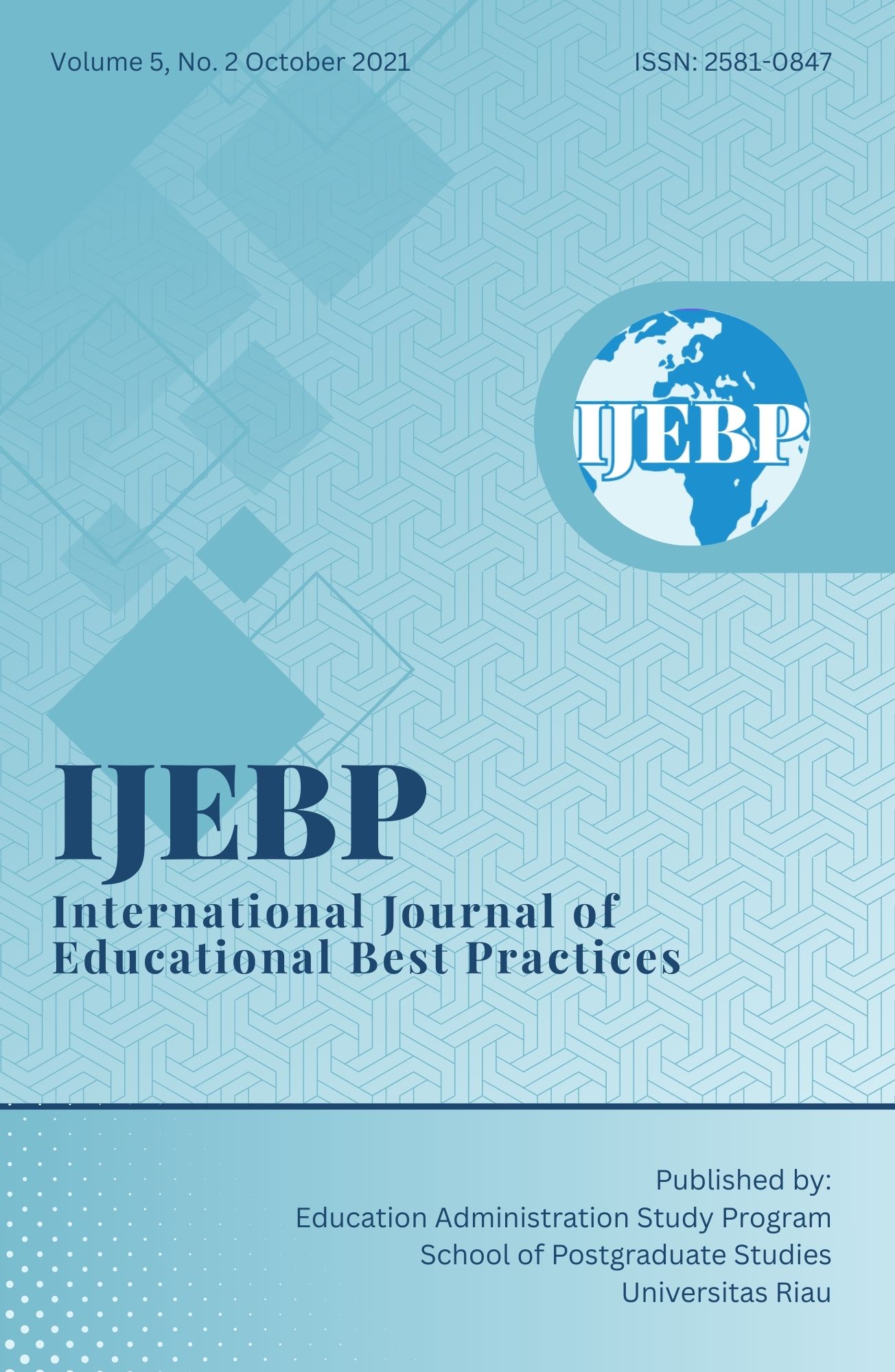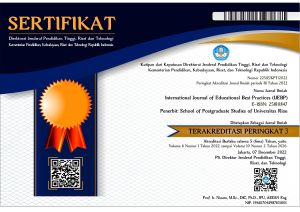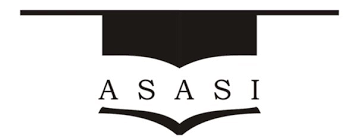COMPLIMENT STRATEGIES PRODUCED BY EFL LEARNERS OF ENGLISH STUDY PROGRAM IN RIAU, INDONESIA
DOI:
https://doi.org/10.31258/ijebp.5.2.132-152Keywords:
Compliment strategy, unbound semantic formula, bound semantic formula, explicit compliment, implicit complimentAbstract
This research was aimed at analysing students' strategies in giving compliments. This was descriptive qualitative research using a qualitative approach accompanied by descriptive statistics. This research involved 39 EFL students as the participants in the academic year 2019/2020 selected using cluster random sampling technique. The instrument used to collect the data was a DCT (Discourse Completion Test) containing several situations where the students were expected to give their compliments. The result showed that the students used many kinds of strategies in giving compliments. The explicit strategy was the most used by the students. Furthermore, the single explicit strategy appeared the most within overall strategies that appeared in the DCT. This implied that the students prefer to give a direct and simple compliment. One strategy in giving compliments appeared out of the classification which is congratulation attached to an unbound semantic formula.
References
Al-Azzawi, J. N. (2011). Compliments and Positive Politeness Strategies. Journal of the College of Basic Education ةيساسلاا ةيبرتلا ةيلك ةلجم, 17(71),111-126. ISSN: 18157467(print) 27068536(online). Retrieved from https://www.iasj.net/iasj
Alqarni, S. (2017) A Sociolinguistic Investigation of Compliments and Compliment Responses among Young Saudis. (Masters disertation , Western Sydney University). Western Sydney University.
Alqarni, S., (2020). A Sociolinguistic Investigation of Compliments and Compliment Responses among Young Saudis. Arab World English Journal (AWEJ) .11(1)
Bruti, S. (2008). Translating Compliments in Subtitle. From Didactas to Ecolingua : An Ongoing Research Project on Translation. (pp. 99 – 110). EUT Edizioni Universitas di Trieste
Dastjerdi, H. V., Farshid, M. (2011) The Role of Input Enhancement in Teaching Compliment. Journal of Teaching and Research, 2(2), 460-466. doi:10.4304/jltr.2.2.460-466
Dirgeyasa, I. Wy. (2015) The Compliment: Its Concept, Function, Common Topics, and Typical Responses in Communication. Proceeding of the Third International Seminar on English Language Teaching. 3(39), 227-232. ISBN: 978-602-17017-7-5
Farenkia, M.B. (2012) Compliment Strategies and Regional Variation in French: Evidence from Cameroon and Canadian French. International Pragmatics Association. 22(3). 447-476. DOI: 10.1075/prag.22.3.05mul.
García, B.M.J. (2018). Face-enhancing compliments in informal conversations in Valencian Spanish. Borealis – An International Journal of Hispanic Linguistics, 7(1), 147-168. https://doi.org/10.7557/1.7.1.4315
Purwanti, I.T., (2019). Exploring the Effects of Pragmatic Intervention on EFL Students’ Production of Refusals: A Qualitative analysis. PROCEEDINGs SEMIRATA 2019: International Seminar & Annual Meeting, Field of Language, Literature, Arts, and
Culture BKS PTN Wilayah Barat.
Wu, H. C & Takahashi. (2016). Developmental Patterns of Interlanguage Pragmatics in Taiwanese EFL Learners: Compliments and Compliment Responses. The Asian EFL Journal Quarterly. 18(1) http://www.asian-efl-journal.com. ISSN 1738-1460.
Yuan, Y. (2002). Compliment and Compliment Responses in Kunming Chinese. International Pragmatic Association.
12(2). (pp.183-226)
doi: 10.1075/prag.12.2.04yua.
Zhang, J. (2013). Compliment and Compliment Responses in Philippines English. GEMA Online Journal of Language Studies. 13(1). ISSN:1657-8021





